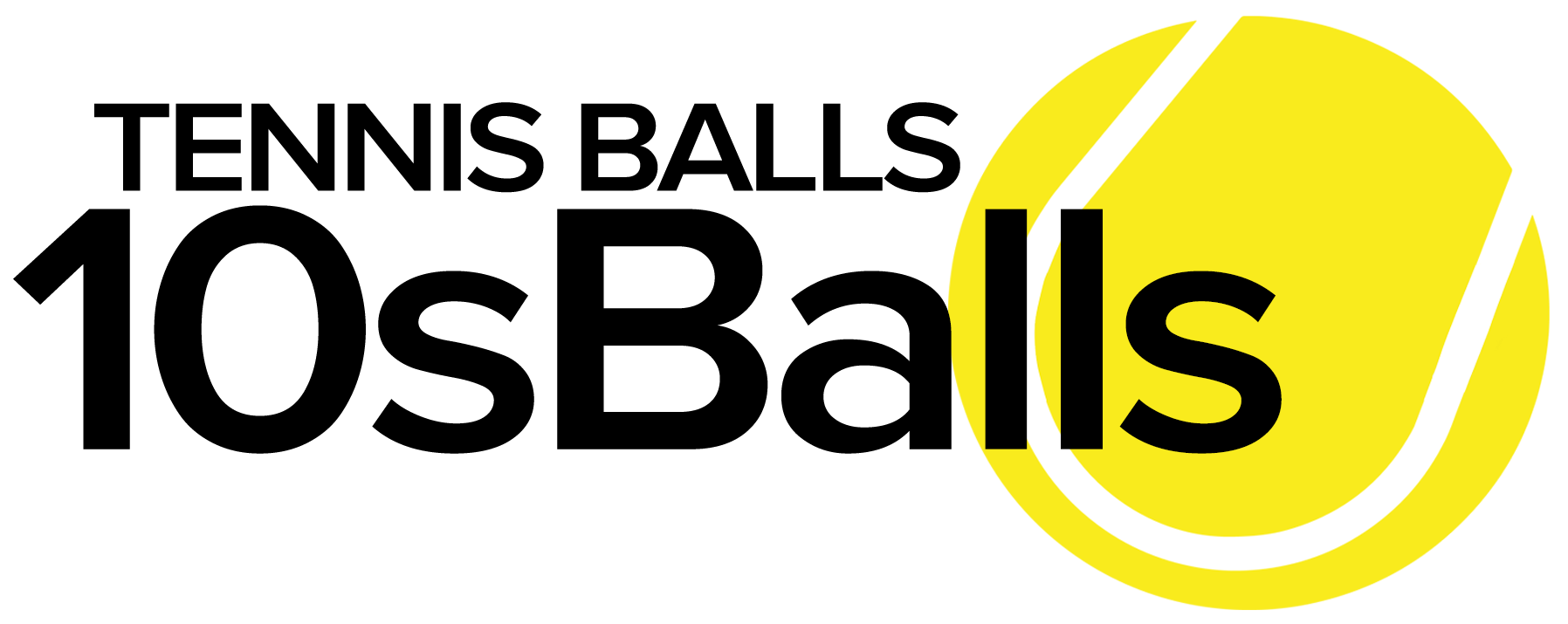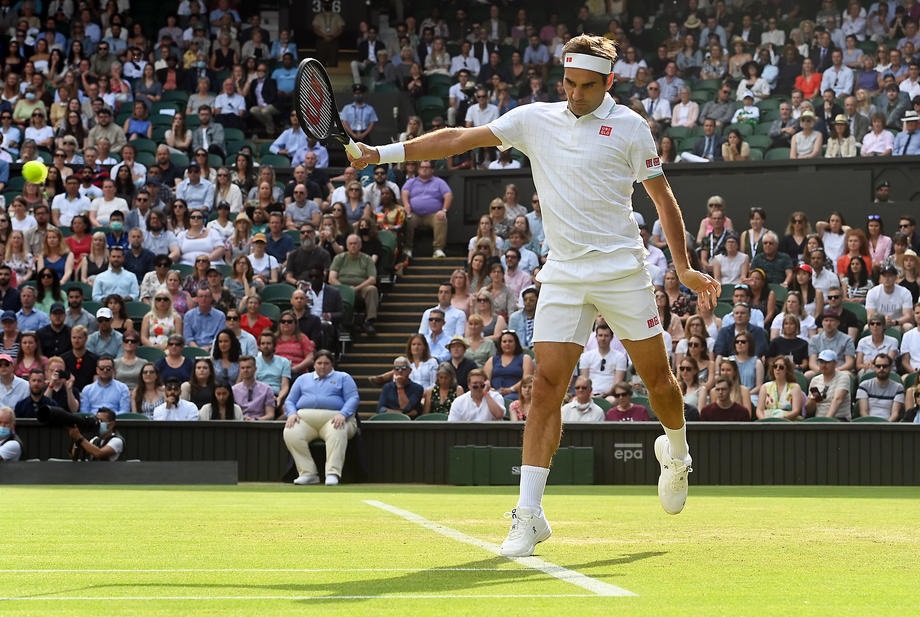- Australian Open Draws and Order Of Play for Thursday, January 23, 2025
- Ricky’s pick for the Australian Open quarterfinal between Sinner and De Minaur
- Australian Open Draws and Order Of Play for Wednesday, January 22, 2025
- Goran Ivanisevic Is No Longer Coaching Elena Rybakina
- Ricky’s pick for the Australian Open quarterfinal between Alcaraz and Djokovic
- Australian Open Draws and Order Of Play for Tuesday, January 21, 2025
- Tennis Report From Australian Open: Novak Making A Run by Alix Ramsay
- Australian Open Draws and Order Of Play for Monday, January 20, 2025
- Five-set frenzy continues in third round of Australian Open
- Australian Open Draws and Order Of Play for Sunday, January 19, 2025
- Pam Shriver’s Car Containing Grand Slam Trophies Stolen in California
- FREE GIFT WITH PURCHASE Of Incrediwear Supports
- Australian Open Tennis 2025 by Alix Ramsay
- Ricky’s picks for Day 6 of the Australian Open, including Djokovic vs. Machac
- Australian Open Draws and Order Of Play for Friday, January 17, 2025
Noah Rubin’s “Behind The Racquet” with JC Aragone • Tennis | 10sBalls
- Updated: September 24, 2021

Editor’s note: 10sBalls thanks Noah Rubin for giving us permission to repost these great stories.
“Everyone’s heard of my original health scare, which left me in a coma — my initial fight to stay alive. Once I got through with that, I was like, “All right, I’m in the clear, I’m good.” It took me another six, seven months to even get back to playing. I was happy, and then I started playing. My first time back was Kalamazoo, and I actually played Jordan Daigle first round, who was coming to UVA. I just felt terrible. I just remember walking out there and I was chugging water like no other.
I had to go to the bathroom four times. I just felt bad, dizzy. I hadn’t played a tournament in two years. I thought that was normal. I ended up flying home, went straight to the hospital, got some blood work, and that’s when they told me, “Hey, you have type one diabetes.” I guess it was just all the stress I’d been through that last year on my body.
Of course, that was difficult because you feel confused at times. I’ve been through so much so when they were like, “Oh, you’re going to be fine, you’re going to live,” I was like, “Okay, whatever, it’s fine, I’m going to live.” I’d already been poked and stabbed for so many months that what’s another injection. Then it didn’t really hit me probably for another year and a half, because when you get diagnosed with type one, you go through this honeymoon phase.
It’s like you’re fine, and then you slowly get worse and worse and worse and worse. The first six months, I was fine, and then after that, I had to go to college. I had no learning curve. My parents were stressed as hell. I was just at home. I wanted to go to college and be a normal student-athlete. The technology at the time, I’m going to say this because I don’t know what it was 20 years ago, but it was terrible in my eyes. It was really difficult.
Unless you have somebody close by or someone in your family has it, you don’t really know much about it. I remember the first week I got to UVA that my insulin had to be refrigerated, and I didn’t have a fridge in my dorm. I put it in Andres Pedroso’s fridge. I’m out with the guys and I lose my insulin pen. I call Andres, I’m like, “Andres, I need to get into your house.” He’s like, “I’m out with my wife.” They’re an hour away. Like, “I can’t help you. Scott has a key. Call Scott.”
I call Scott — he doesn’t pick up. I’m feeling terrible, and my blood sugar’s gone through the roof. Andres is panicking, he’s like, “Oh my god, it’s the first week. JC’s going to die on me.” He’s like, “Break my window. You can get in there.” I’m like, “Andres, I not going to–” He’s like, “Break it. Get the key.”
I explored different technologies and I ended up switching to a Tandem Diabetes insulin pump. I play with it on and it’s dramatically improved my blood sugar levels on and off the court. I am much less stressed about my blood sugar knowing my Tandem pump has my back
I have control now. I know exactly how to monitor my blood sugar before the matches. When you play tennis matches and when you practice are two different things with diabetes. When I practice, I have zero stress, zero hormones. I tend to go low if anything. When I play a match it’s the complete opposite, I go super high because you’re stressed, you’re nervous. Your body releases all these hormones, releases sugar, so I go through the roof. I was playing every match in the mid-300s high, the 400s, which is horrendous for your health. It’s not good at all. I decided, okay, I’m going to start working with a diabetes coach. It’s been over a year now and this guy has helped so much.
Before I felt like I was totally lost — I don’t know how to do this. Now at this point, I’m okay with the fact that I’m diabetic. I would love a cure, but I’m not like before where I was like every year, “Okay, is this the year?” It gives me a lot more peace of mind that maybe this year, I can focus on tennis.”
JC Aragone (@jcaragone)

🎾🎾🎾
You can check out more Behind The Racquet stories on the link below:
Facebook | Behind The Racquet
Twitter | @BehindTRacquet
Instagram | @behindtheracquet
Also listen to Noah Rubin’s Podcast
Behind the Racquet Pod Mike Cation & Noah Rubin/Tennis Channel Podcast Network
and check out his new clothing line!






